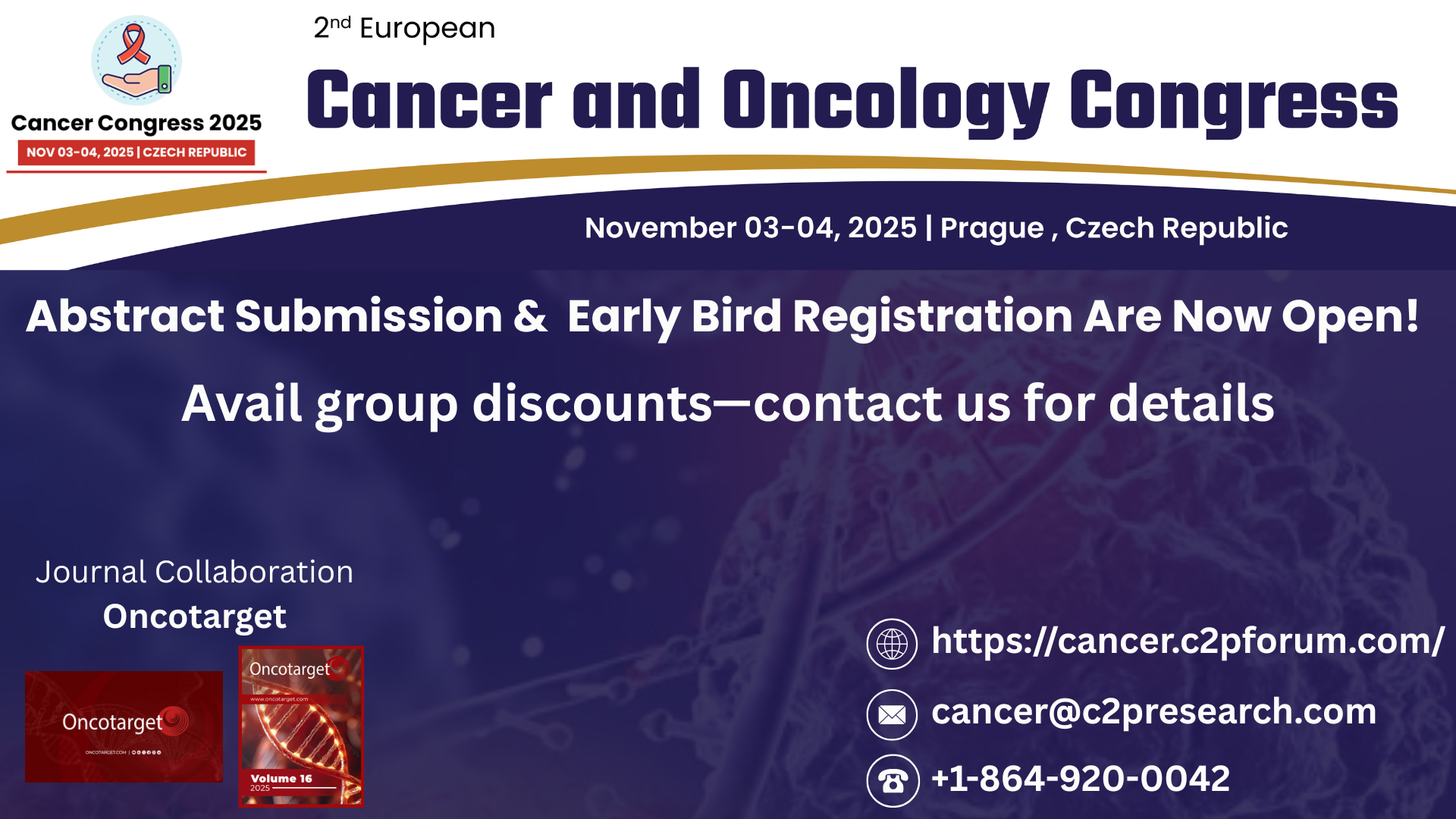Research Papers:
A comprehensive characterization of rare mitochondrial DNA variants in neuroblastoma
PDF | HTML | Supplementary Files | How to cite
Metrics: PDF 2698 views | HTML 3033 views | ?
Abstract
Francesco Maria Calabrese1,*, Rosanna Clima2,*, Piero Pignataro3,4, Vito Alessandro Lasorsa3,4, Michael D. Hogarty5, Aurora Castellano6, Massimo Conte7, Gian Paolo Tonini8, Achille Iolascon3,4, Giuseppe Gasparre2,#, Mario Capasso3,4,9,#
1Department of Biology, University of Bari “Aldo Moro”, Bari, Italy
2Department of Medical and Surgical Sciences-DIMEC, Medical Genetics Unit, University of Bologna, Bologna, Italy
3Department of Molecular Medicine and Medical Biotechnology, University of Naples Federico II, Naples, Italy
4CEINGE Biotecnologie Avanzate, Napoli, Italy
5Department of Pediatrics, Division of Oncology, Children’s Hospital of Philadelphia, Perelman School of Medicine at The University of Pennsylvania, Philadelphia, USA
6Paediatric Haematology/Oncology Department, IRCCS, Ospedale Pediatrico Bambino Gesù, Rome, Italy
7Oncology Unit, IRCCS Istituto Giannina Gaslini, Genova, Italy
8Pediatric Research Institute (IRP) – Fondazione Città della Speranza, Neuroblastoma Laboratory, Padua, Italy
9IRCCS SDN, Istituto di Ricerca Diagnostica e Nucleare, Naples, Italy
*These authors contributed equally to this work
#Co-last authors
Correspondence to:
Mario Capasso, email: [email protected]
Keywords: neuroblastoma, mitochondrial DNA mutations, WES, somatic mutations, germline mutations
Received: April 21, 2016 Accepted: June 09, 2016 Published: June 24, 2016
ABSTRACT
Background: Neuroblastoma, a tumor of the developing sympathetic nervous system, is a common childhood neoplasm that is often lethal. Mitochondrial DNA (mtDNA) mutations have been found in most tumors including neuroblastoma. We extracted mtDNA data from a cohort of neuroblastoma samples that had undergone Whole Exome Sequencing (WES) and also used snap-frozen samples in which mtDNA was entirely sequenced by Sanger technology. We next undertook the challenge of determining those mutations that are relevant to, or arisen during tumor development. The bioinformatics pipeline used to extract mitochondrial variants from matched tumor/blood samples was enriched by a set of filters inclusive of heteroplasmic fraction, nucleotide variability, and in silico prediction of pathogenicity.
Results: Our in silico multistep workflow applied both on WES and Sanger-sequenced neuroblastoma samples, allowed us to identify a limited burden of somatic and germline mitochondrial mutations with a potential pathogenic impact.
Conclusions: The few singleton germline and somatic mitochondrial mutations emerged, according to our in silico analysis, do not appear to impact on the development of neuroblastoma. Our findings are consistent with the hypothesis that most mitochondrial somatic mutations can be considered as ‘passengers’ and consequently have no discernible effect in this type of cancer.
 All site content, except where otherwise noted, is licensed under a Creative Commons Attribution 4.0 License.
All site content, except where otherwise noted, is licensed under a Creative Commons Attribution 4.0 License.
PII: 10271

